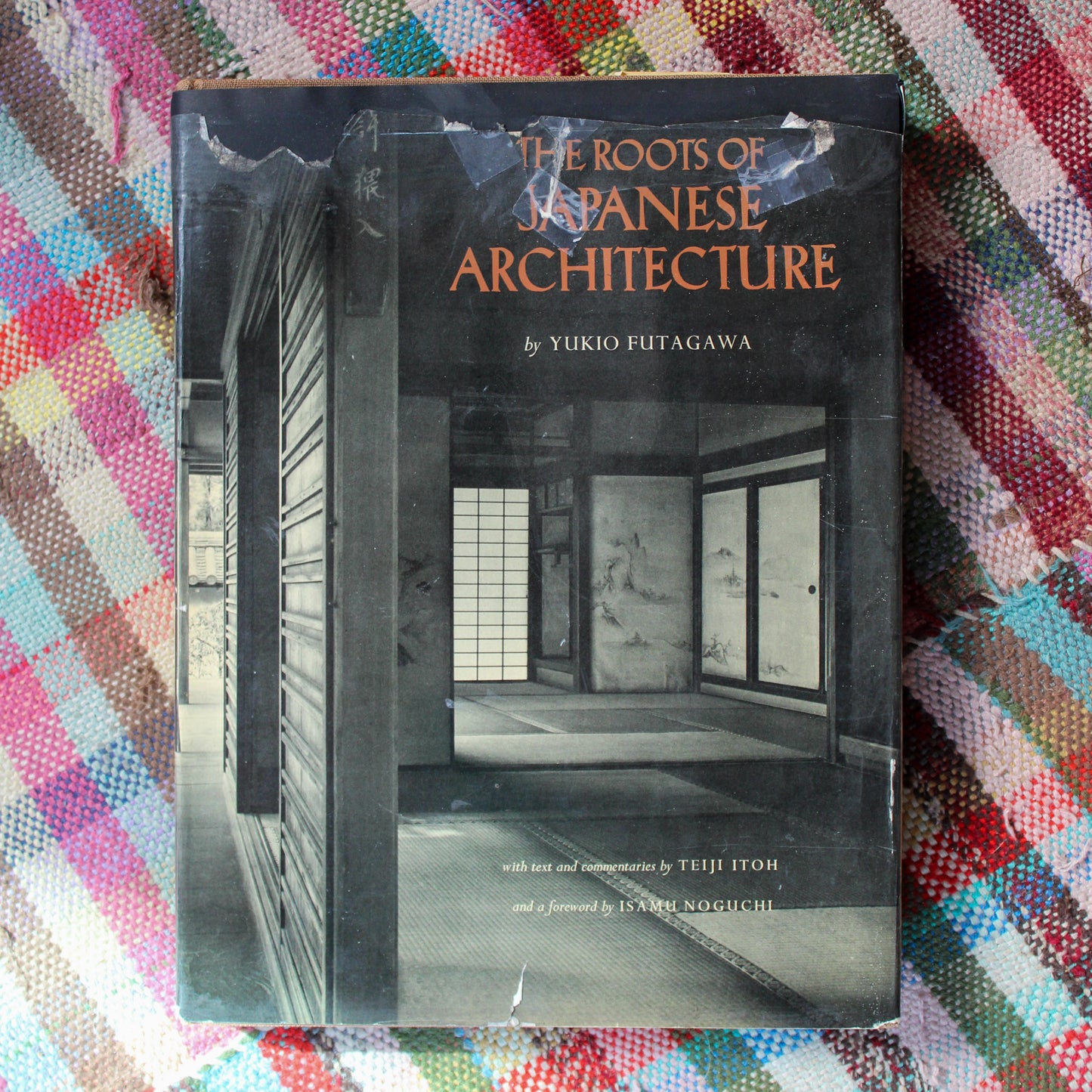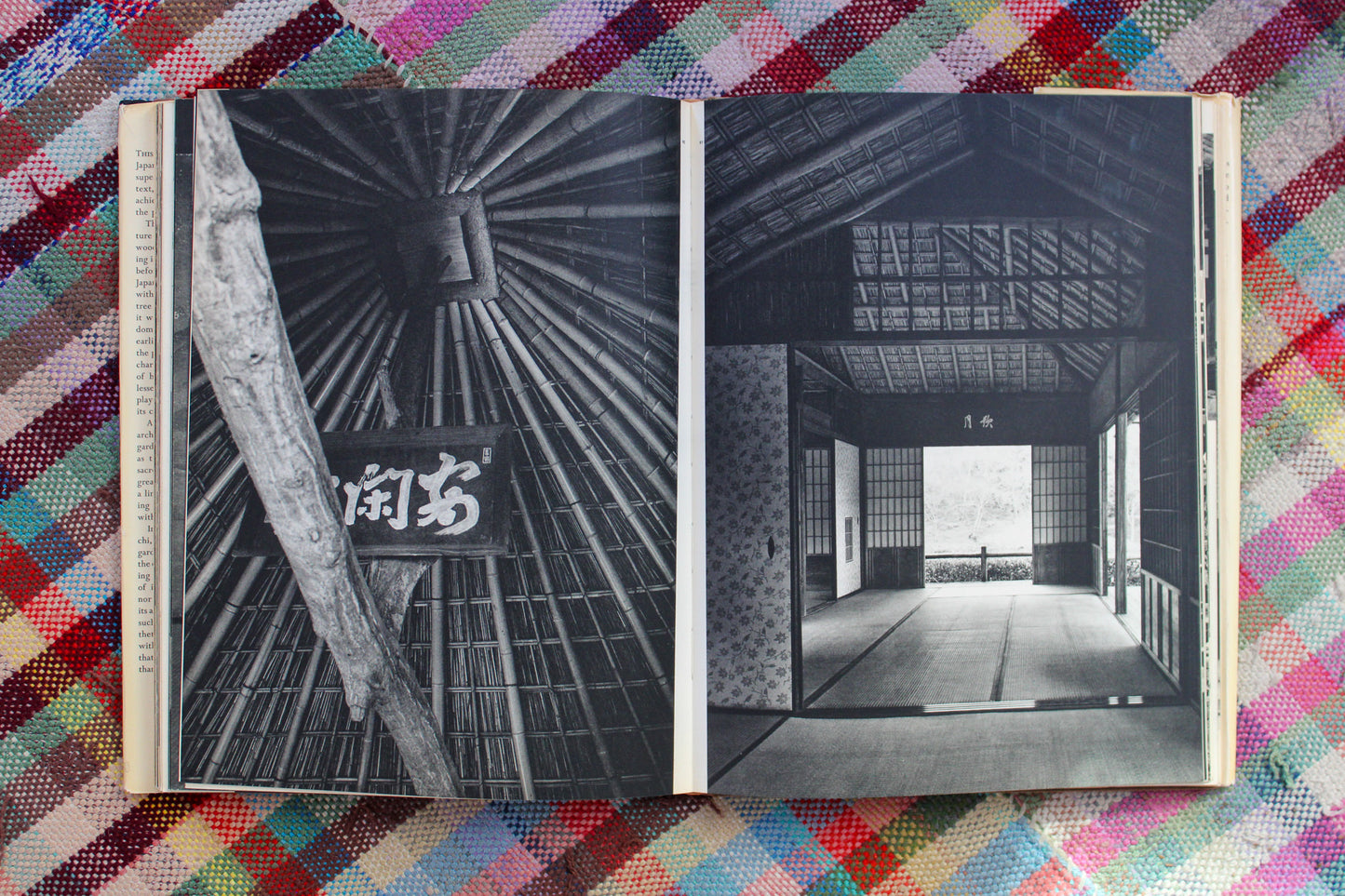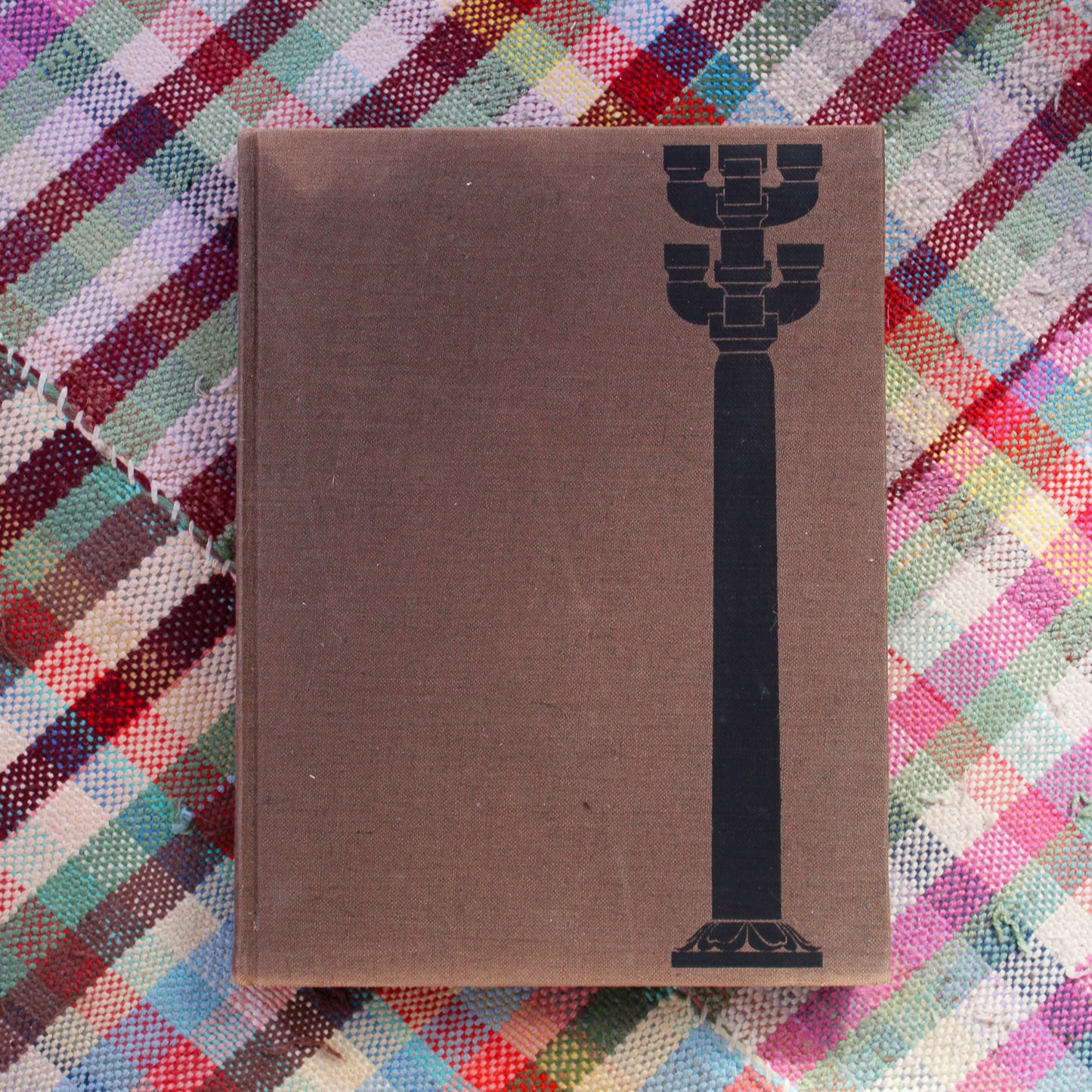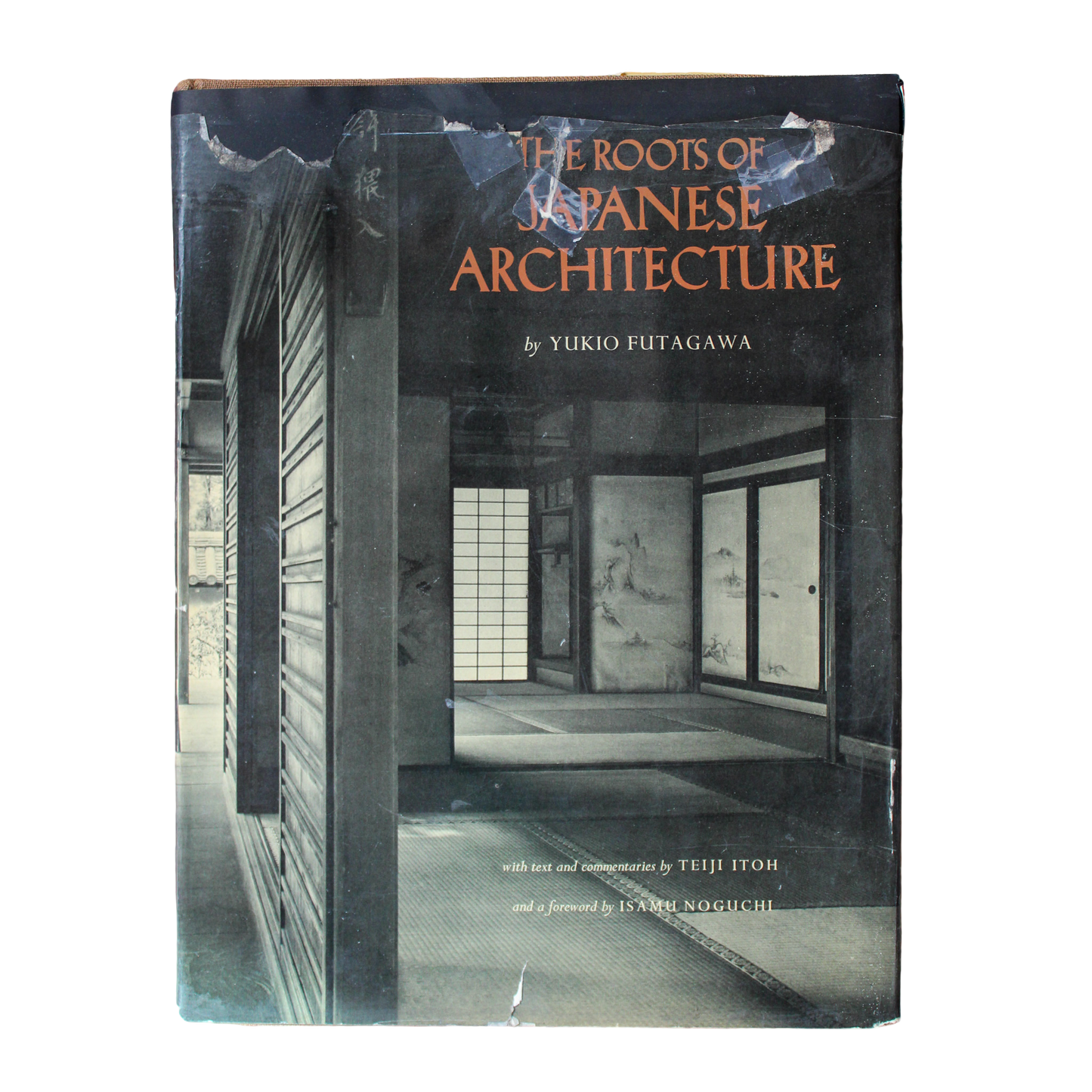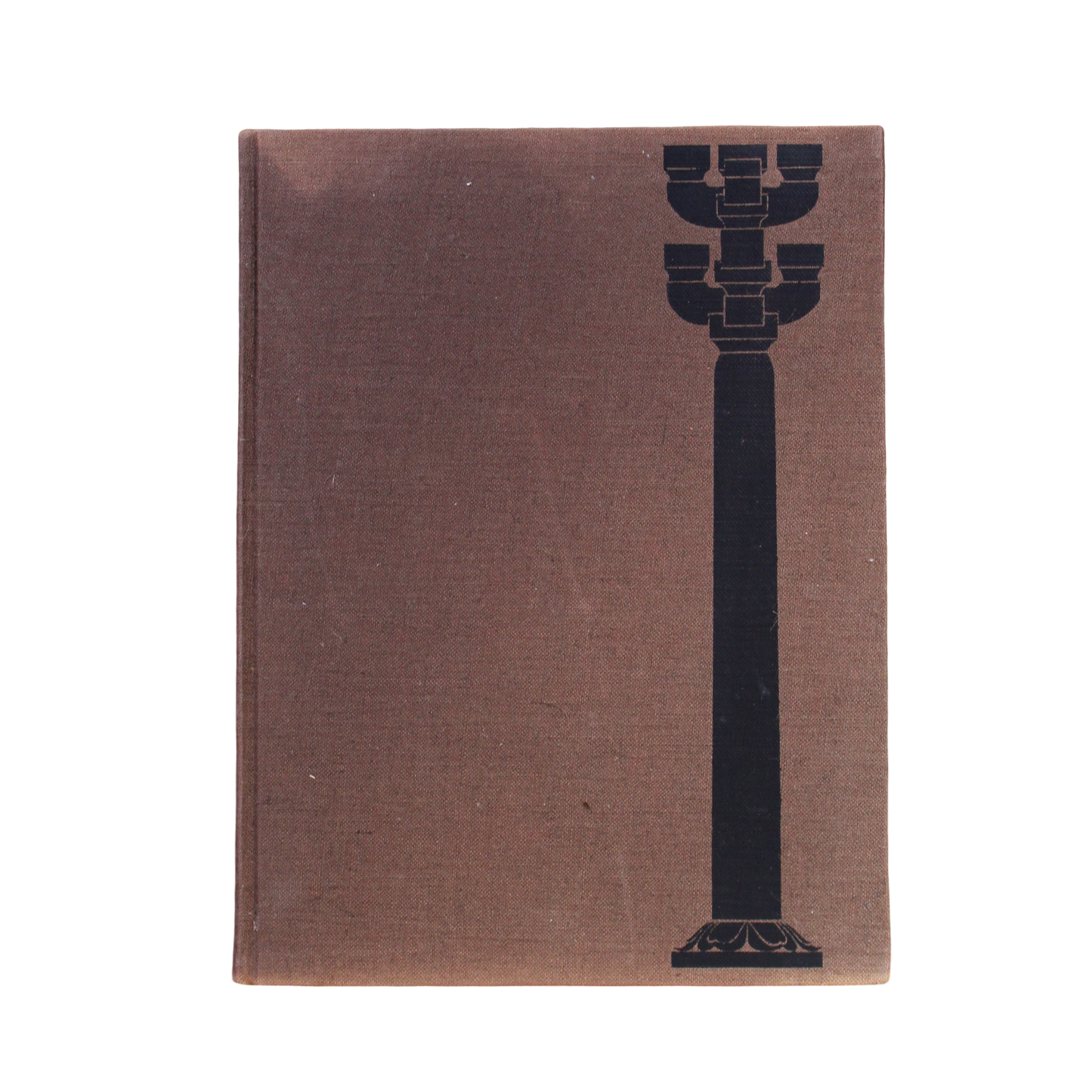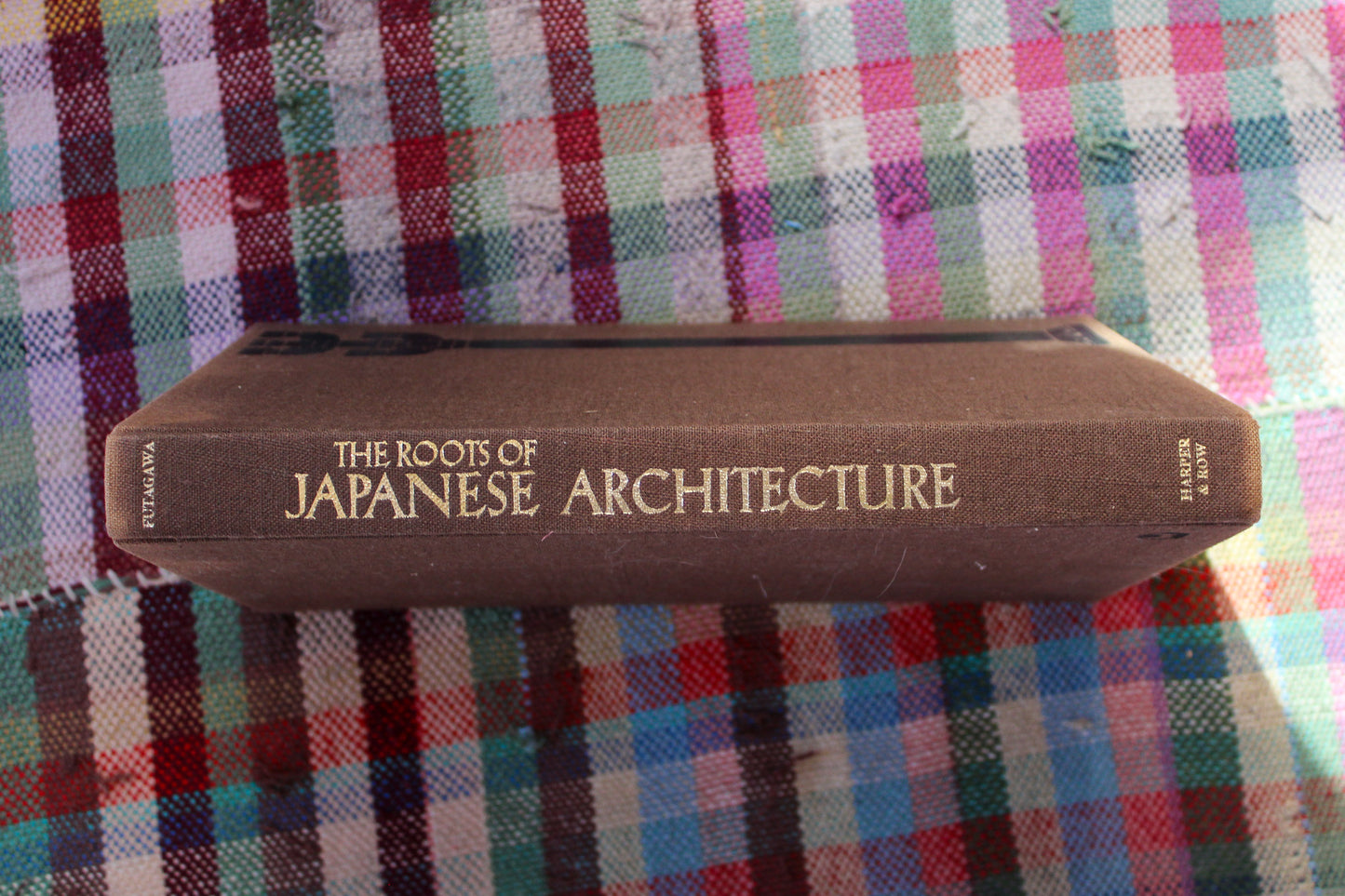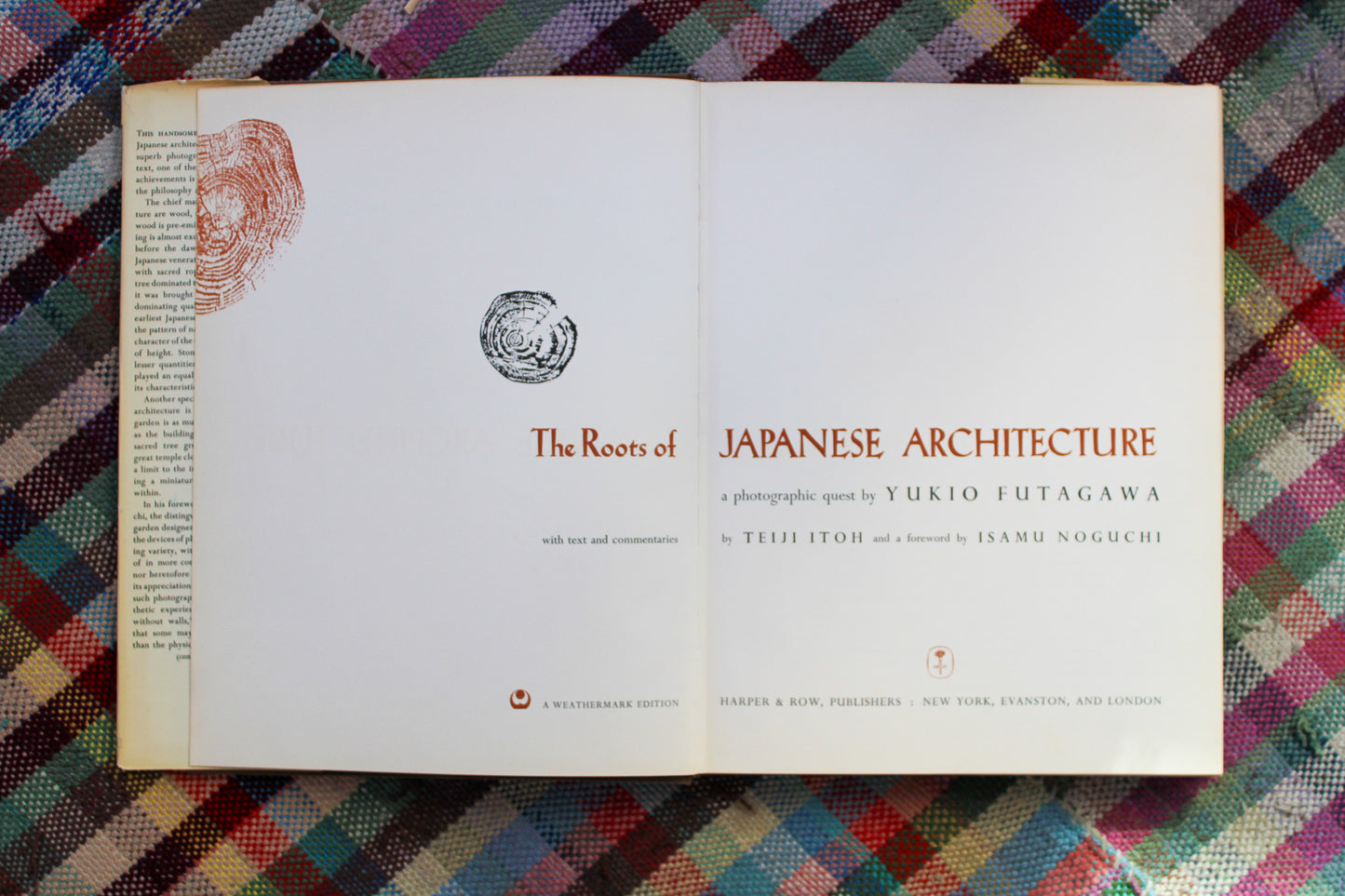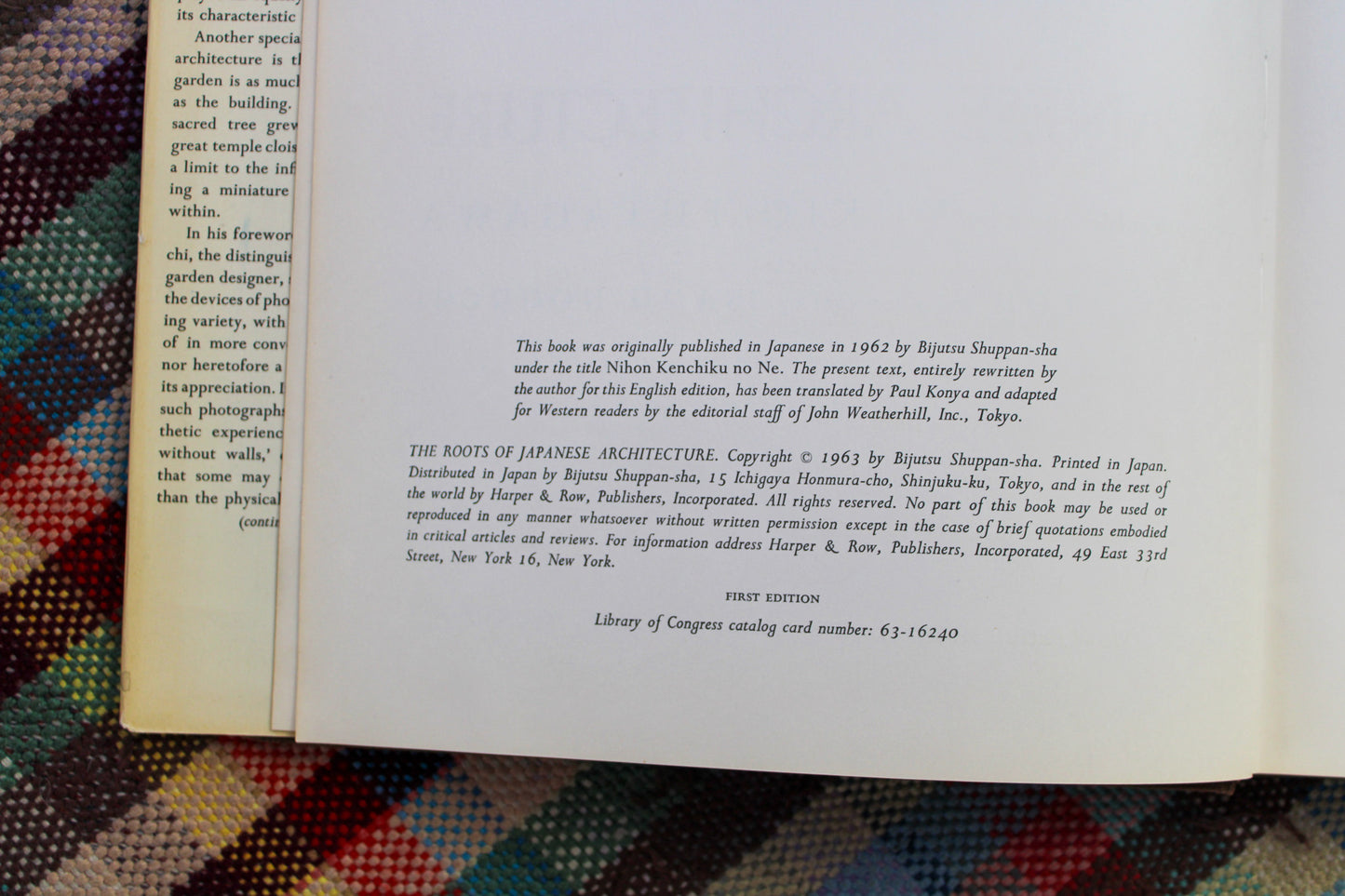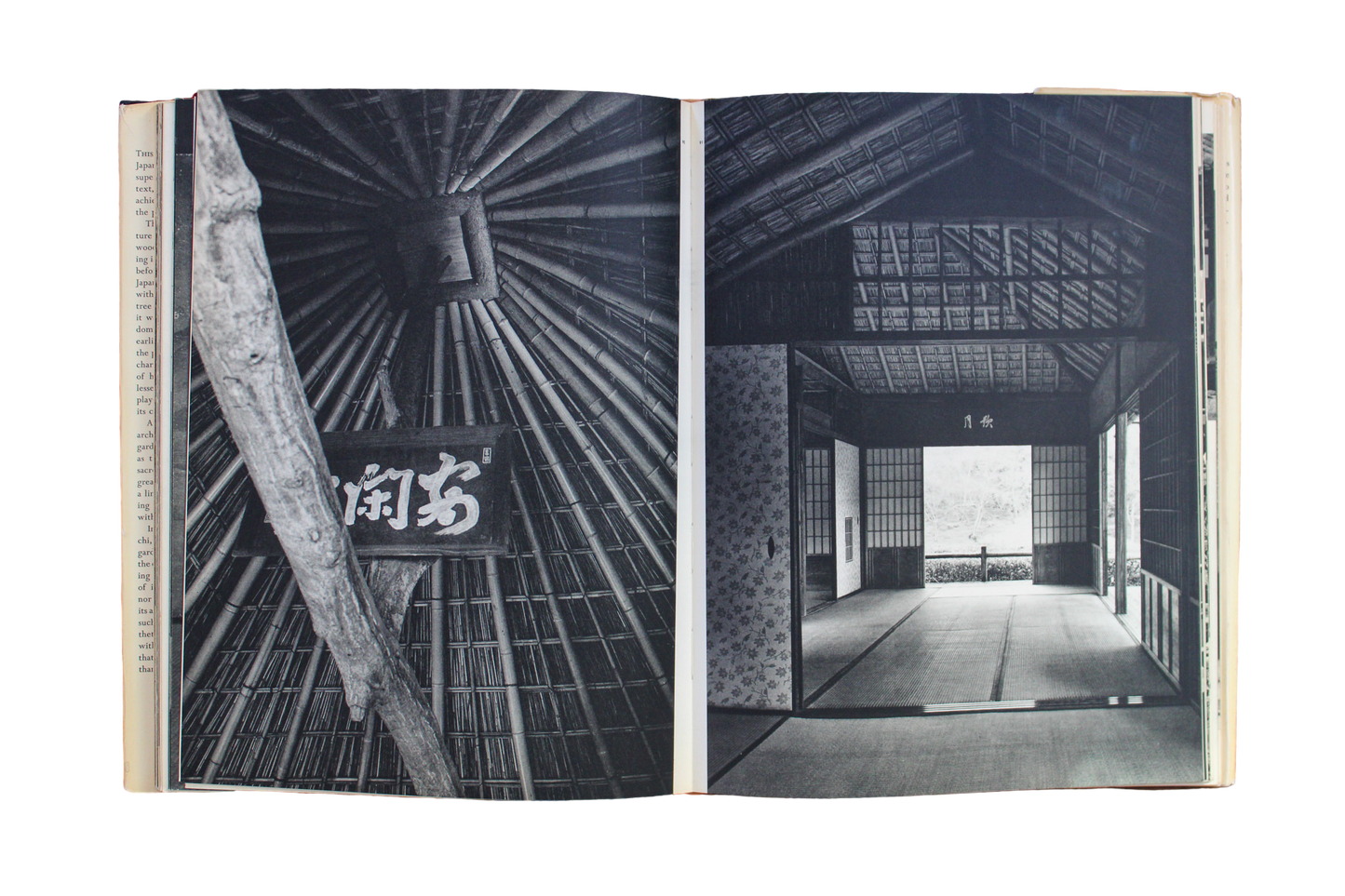The Roots of Japanese Architecture
The Roots of Japanese Architecture
details
details
First edition (1962) copy of The Roots of Japanese Architecture a photographic quest by Yukio Futagawa with text and commentaries by Teiji Itoh and a forward by Isamu Noguchi.
This handsome book shows how and why Japanese architecture came into being. in 128 superb photographs and an accompanying text, one of the world's great architectural achievements is traveled back to its origins in the philosophy and religion and Japan.
The chief materials of Japanese architecture are wood, stone, and earth. Of these, wood is pre-eminent, for the Japanese building is almost exclusively that of wood. Long before the dawn of recorded history, the Japanese venerated trees, and festooned them with sacred ropes of worship. The sacred tree dominated the space around it, an when it was brought indoors by man, its space dominating quality retained. Hence the earliest Japanese uses of the pillar followed the pattern of nature, preserving the upright character of the tree together with its majesty of height. Stone and earth, while used in lesser quantities in Japanese building, have played an equally important part in shaping its characteristic appearance.
Another special characteristic of Japanese architecture is the handling of space: the garden is as much a part of the architecture as the building. Enclosures set up about a sacred tree grew over the centuries unto great temple cloisters and castle walls, setting a limit to the infinity without, and re-creating a miniature universe, a new infinity, within.
In his forward to the book Isamu Noguchi, the distinguished American sculptor and garden designer, says "Mr. Futagawa uses all the devices of photography, in an ever-widening variety, with viewpoints never dreamed of in more conventional concepts of space, nor heretofore a part of the vocabulary of its appreciation. Indeed, in their composition such photographs suggest an addition to aesthetic experience and, like the 'museum without walls,'create a new ghost reality that some may even find more significant than the physical architecture they record."
These strikingly beautiful photographs and the text, especially written for the American edition, have been combined into a complementary and splendidly produced whole. The book is a work of art and an excellent introduction to an important heritage of the world's architecture.
Hardcover with dust jacket
Edition/year: 1st edition, 1962, Harper & Row
Condition: slight wear on dust jacket, otherwise in good vintage condition.
Dimensions:
Share
